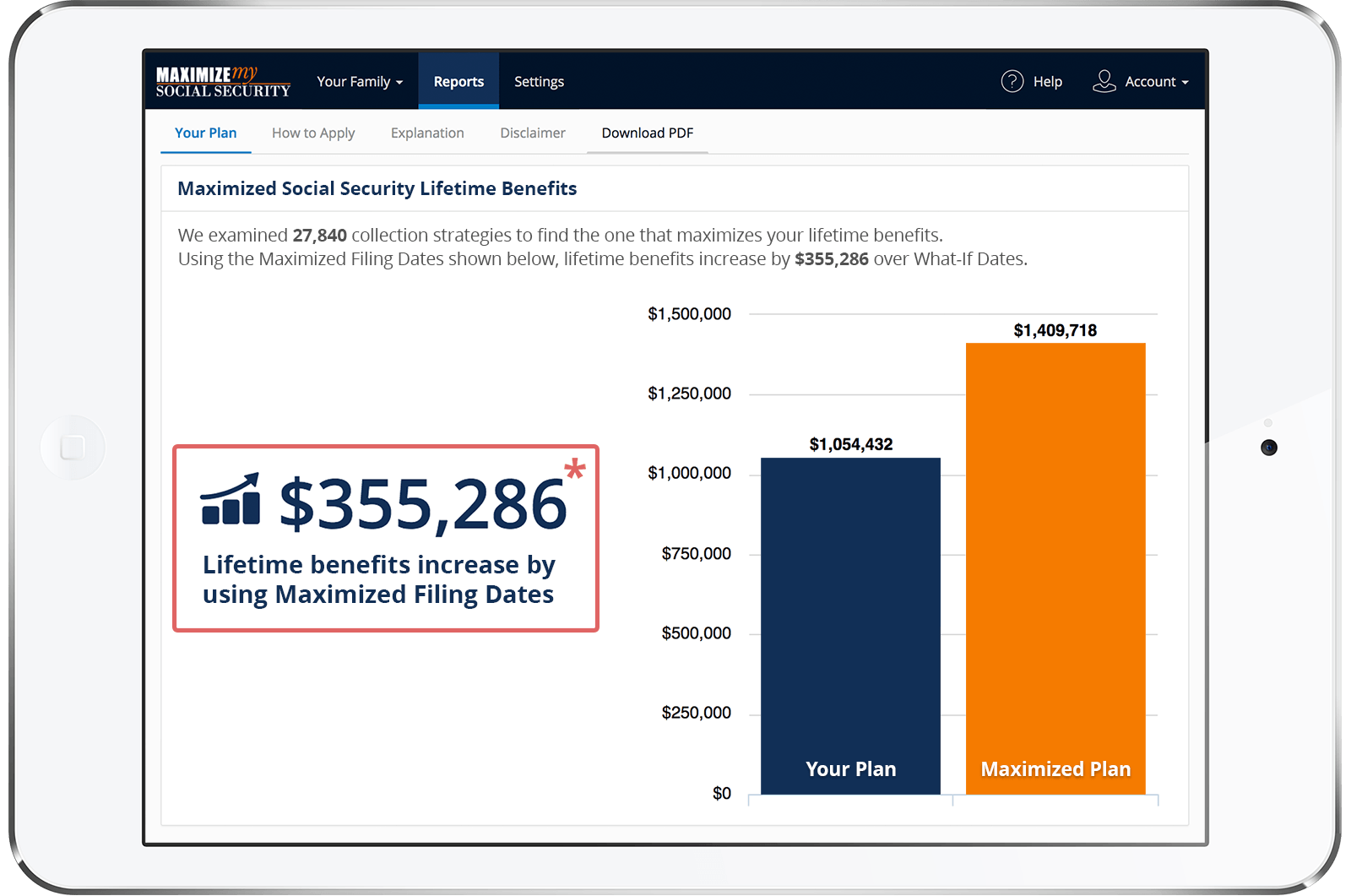Hi Larry, I've tried to navigate Social Security's website and I've read your very good responses to questions but have not found a situation similar to mine. I am currently working full time and will be 60 in a couple of months. I plan to work until I'm 65 or retire sooner if possible and wait until I'm 67 to collect my social security benefits. In my first marriage, I was a stay at home mom in a 20-year marriage that ended in divorce. I remarried 10 years later and my 2nd husband passed away 2 years ago at age 63. We were married 5 years. He was on disability the last year and a half of our marriage, getting $1800 a month. My first husband has made about a 6 figure income annually the last 15 years. I have not remarried and have no plans to. I wasn't sure if I could collect my deceased husband's social security when I turn 60, or when I'm 62 collect part of my ex-husband's who is still living. Or if by collecting one that would negate ever being able to collect the other. Any guidance you provide would be appreciated. Thank you.
Hi,
I'm sorry for your loss.
You could potentially file for widow's benefits on your deceased husband's record as early as age 60, but if you continue working and you earn too much then your benefits may need to be fully or partially withheld due to Social Security's earnings test (https://www.ssa.gov/benefits/retirement/planner/whileworking.html).
If your first husband is at least age 62 or drawing his Social Security benefits, you could file for divorced spousal benefits as early as age 62. However, you can't file for divorced spousal benefits without also being required to file for your own benefits at the same time. And, your own benefits and your divorced spousal benefits could also be withheld until you reach full retirement age (FRA) due to the earnings test.
You can't be paid more than one full benefit at the same time. If you file for more than one type of benefit, you could only be paid up to the higher of the benefit rates. And, your benefit rate(s) would be reduced for age if you start drawing them prior to your FRA.
Depending on how much you'll be earning and the relative amounts of your various benefits, it sounds like your best strategy would likely be one of the following:
1) File for reduced widow's benefits at age 60 or as soon as your earnings will permit at least some benefits to be paid, then switch to your own record and/or divorced spousal benefits at FRA; or,
2) File for reduced widow's benefits at age 60 or as soon as your earnings will permit at least some benefits to be paid, then switch to your own record at age 70; or,
3) File for your own reduced retirement benefits and divorced spousal benefits at age 62 or as soon as your earnings will permit at least some benefits to be paid, then file for unreduced widow's benefits at full retirement age (FRA).
Normally, you would want to start out drawing the lower benefit first and then switch to the higher benefit when it reaches it's highest potential rate. Our software (https://maximizemysocialsecurity.com/purchase) could help sort all of this out for you so that you can determine the best strategy for maximizing your benefits.
Best, Jerry
